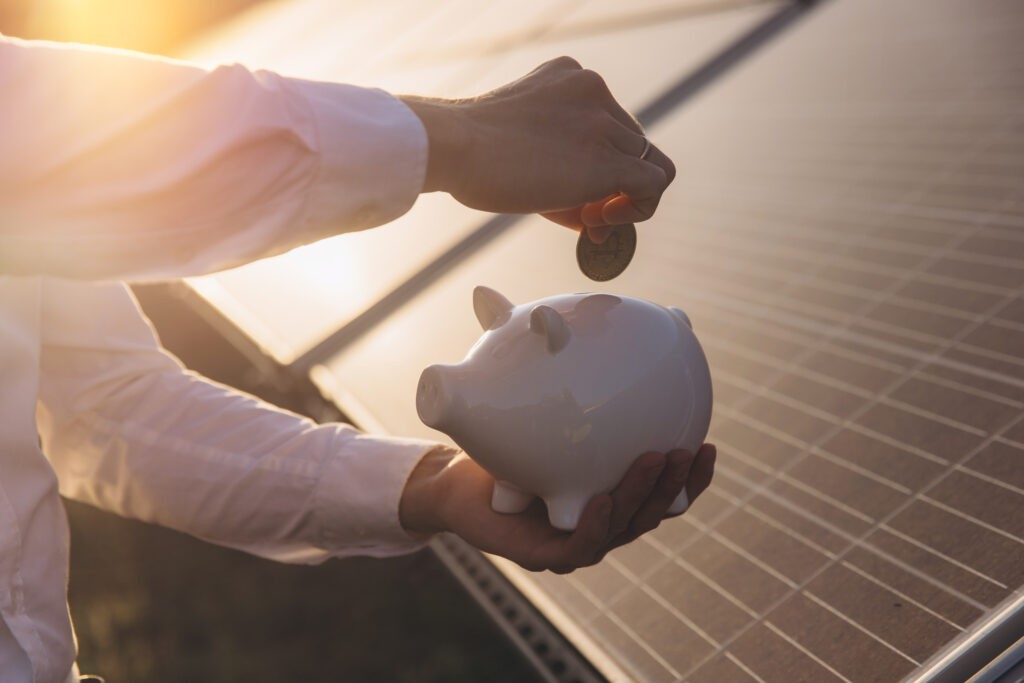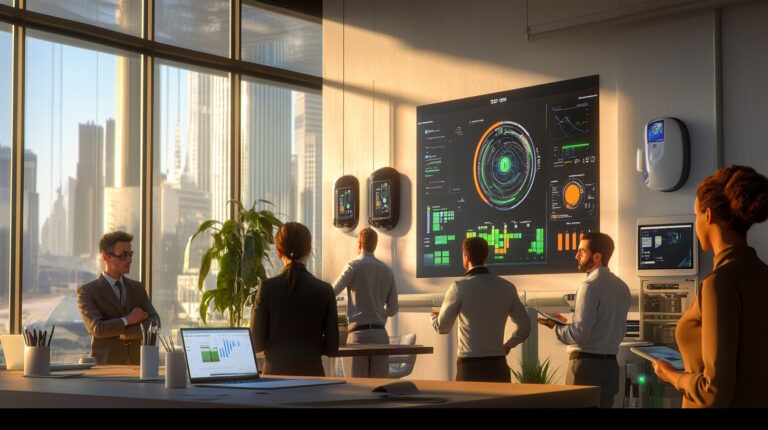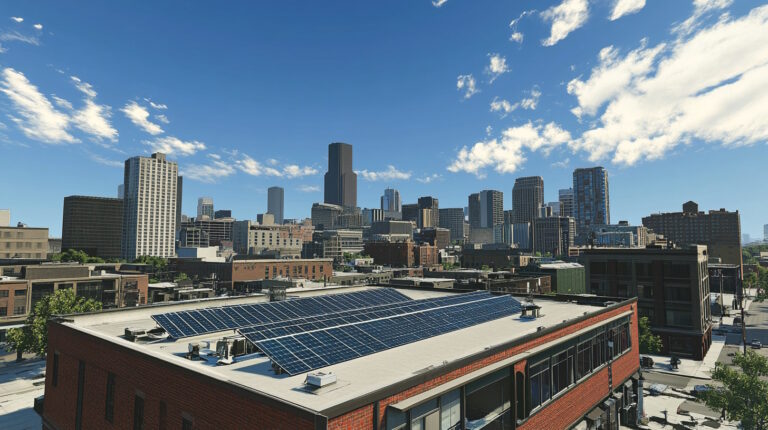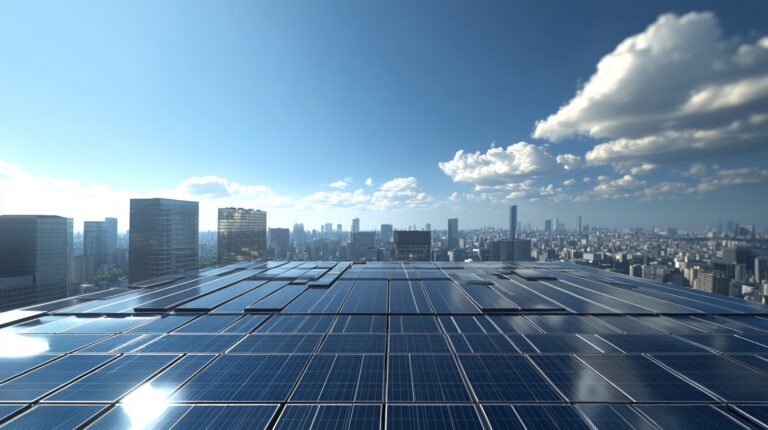Article Insights
- Discover how Commercial solar federal tax credits can significantly reduce the cost of installing solar panels for your business.
- Learn the step-by-step process to claim the Federal Investment Tax Credit for solar and avoid common pitfalls.
- Understand the financial and environmental benefits of solar energy for commercial properties.
- Stay informed about updates to the FITC program and how they impact your investment decisions.
Unlock the Financial Benefits of Solar Energy for Your Business
The adoption of solar energy has become a game-changer for businesses seeking to reduce operational costs while contributing to environmental sustainability.
For commercial property owners and managers, the Federal Investment Tax Credit for solar presents an unmatched opportunity to lower installation costs and accelerate return on investment.
This guide will take you through everything you need to know about FITC, from eligibility to claiming the credit, ensuring your property reaps maximum benefits.
What Are Federal Investment Tax Credits (FITC)?
The Federal Investment Tax Credit for solar is a cornerstone incentive designed to encourage businesses to transition to renewable energy.
Established under the Energy Policy Act of 2005, FITC allows businesses to deduct a percentage of their solar installation costs from federal taxes. Originally set at 30%, this credit has been instrumental in making solar energy more accessible and affordable for commercial enterprises.
Eligibility for FITC is straightforward. Any commercial property owner who installs a solar energy system is likely to qualify, as long as the system meets specific criteria for functionality and compliance with federal guidelines.
Whether you manage office buildings, retail spaces, or industrial facilities, FITC can significantly offset upfront costs, making solar a more viable investment.
How Much Can You Save with FITC?
One of the most compelling aspects of FITC is its ability to save property owners substantial amounts of money.
Currently, the tax credit covers 30% of the cost of installing solar panels, including equipment and labor. For example, if your business invests $100,000 in a solar energy system, you can claim $30,000 as a direct reduction in your federal tax liability.
These savings are not only immediate but also compound over time through reduced energy bills and potential incentives at the state and local levels.
A chart illustrating potential savings over five years based on system size and cost could be included to provide a visual representation of these financial benefits.
The Benefits of Investing in Commercial Solar
Beyond the obvious financial savings, installing a solar energy system has numerous benefits for commercial property owners.
The environmental benefits are substantial, helping businesses reduce their carbon footprint and align with sustainability goals that are increasingly important to tenants and customers alike.
Moreover, solar energy can enhance the value of your property. Properties equipped with renewable energy systems are often more attractive to potential tenants or buyers, who view solar as both a cost-saving feature and a statement of environmental responsibility.
In an era where energy independence is paramount, solar investments can also shield your business from fluctuating energy prices, providing long-term stability.
How to Claim the Federal Investment Tax Credit
Claiming the Commercial solar federal tax credits is a straightforward process when you have the right guidance. Begin by consulting with a tax advisor or solar installation expert to ensure your system meets all federal requirements.
Once your installation is complete, gather the necessary documentation, including receipts and certifications, to support your claim.
You’ll need to file IRS Form 3468 along with your tax return to claim the credit. Be meticulous in your filing to avoid delays or denials, and consider seeking professional assistance to navigate the complexities of tax regulations.
Updates and Changes to the FITC Program
The FITC program has evolved over the years, with periodic updates to its structure and benefits. For instance, the Inflation Reduction Act of 2022 extended the 30% tax credit rate, ensuring businesses can continue to benefit from substantial savings.
However, this rate may decrease in the future, emphasizing the importance of acting sooner rather than later.
Staying informed about legislative changes is crucial to maximizing your benefits. Consulting with renewable energy experts or tax professionals who monitor these updates can help you make informed decisions and optimize your investment.
Frequently Asked Questions About FITC
Business owners often wonder whether they can combine FITC with other incentives. The answer is yes—federal, state, and local incentives can often be stacked, further increasing your savings.
Another common question involves what happens if your tax liability is lower than the credit amount. In most cases, unused credits can be carried forward to future tax years, ensuring no savings go to waste.
For non-profit organizations or government entities, alternative financing mechanisms like power purchase agreements (PPAs) may enable them to benefit indirectly from solar installations.
Exploring these options can unlock even more opportunities to go solar.
Seize the Opportunity: Invest in Solar Today
The Commercial solar federal tax credits are a golden opportunity for property owners to embrace renewable energy while reducing costs and boosting property value.
Whether you’re driven by financial savings, sustainability goals, or energy independence, the FITC program offers a clear path to achieving your objectives.
Act now to take advantage of the current 30% credit rate before potential changes reduce the benefits. Contact Green Current Advisors to get started on your journey toward energy efficiency and long-term success.








